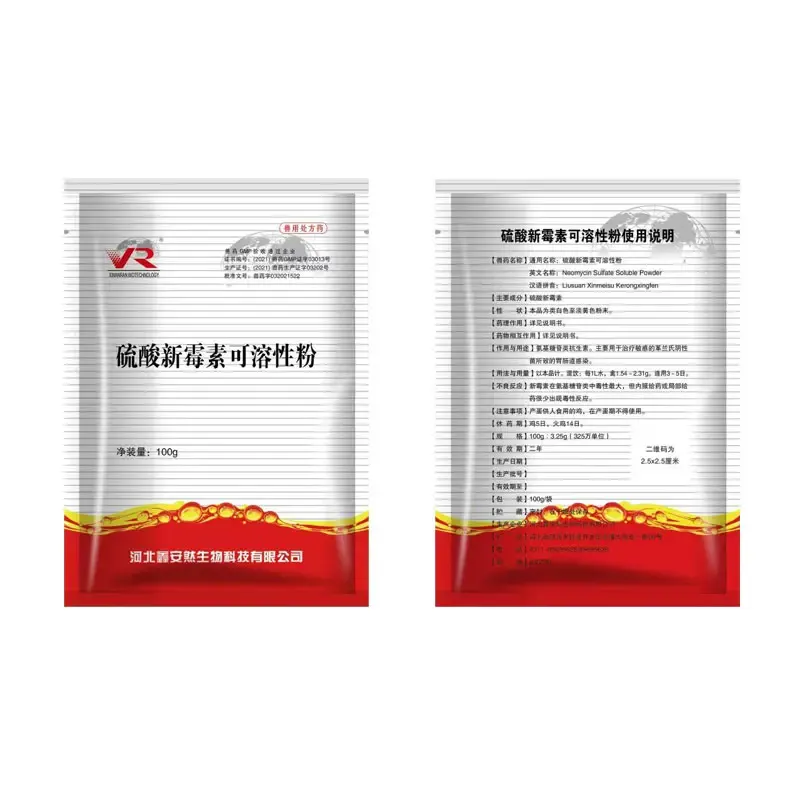- Afrikaans
- Albanian
- Amharic
- Arabic
- Armenian
- Azerbaijani
- Basque
- Belarusian
- Bengali
- Bosnian
- Bulgarian
- Catalan
- Cebuano
- Corsican
- Croatian
- Czech
- Danish
- Dutch
- English
- Esperanto
- Estonian
- Finnish
- French
- Frisian
- Galician
- Georgian
- German
- Greek
- Gujarati
- Haitian Creole
- hausa
- hawaiian
- Hebrew
- Hindi
- Miao
- Hungarian
- Icelandic
- igbo
- Indonesian
- irish
- Italian
- Japanese
- Javanese
- Kannada
- kazakh
- Khmer
- Rwandese
- Korean
- Kurdish
- Kyrgyz
- Lao
- Latin
- Latvian
- Lithuanian
- Luxembourgish
- Macedonian
- Malgashi
- Malay
- Malayalam
- Maltese
- Maori
- Marathi
- Mongolian
- Myanmar
- Nepali
- Norwegian
- Norwegian
- Occitan
- Pashto
- Persian
- Polish
- Portuguese
- Punjabi
- Romanian
- Russian
- Samoan
- Scottish Gaelic
- Serbian
- Sesotho
- Shona
- Sindhi
- Sinhala
- Slovak
- Slovenian
- Somali
- Spanish
- Sundanese
- Swahili
- Swedish
- Tagalog
- Tajik
- Tamil
- Tatar
- Telugu
- Thai
- Turkish
- Turkmen
- Ukrainian
- Urdu
- Uighur
- Uzbek
- Vietnamese
- Welsh
- Bantu
- Yiddish
- Yoruba
- Zulu
نوامبر . 25, 2024 14:52 Back to list
veterinary antifungal drugs
The Role of Veterinary Antifungal Drugs in Animal Health
Fungal infections in animals can pose significant health risks, affecting various species, including domestic pets, livestock, and wildlife. The treatment of these infections has been revolutionized with the development of veterinary antifungal drugs. These medications play a crucial role in ensuring the well-being of animals and protecting public health by controlling zoonotic fungal diseases.
Fungi are ubiquitous in the environment, and many species can cause opportunistic infections, particularly in immunocompromised animals. Common fungal pathogens include *Aspergillus*, *Candida*, and *Dermatophytes*, which can lead to ailments such as ringworm, aspergillosis, and candidiasis. The emergence of these infections often leads to systemic illness and can be challenging to manage, highlighting the necessity of effective antifungal treatments.
Veterinary antifungal drugs are primarily categorized into several classes, each with a distinct mechanism of action. The most widely used antifungal medications include azoles, polyenes, and echinocandins.
1. Azoles This class of drugs, including fluconazole and itraconazole, inhibits the synthesis of ergosterol, a crucial component of fungal cell membranes. By disrupting ergosterol production, azoles effectively weaken the fungal cell wall, leading to cell lysis and death. Azoles are favored for their broad-spectrum activity and relative safety for use in various animal species.
2. Polyenes Nystatin and amphotericin B fall under this category. They bind to ergosterol in the fungal membrane, forming pores that increase membrane permeability. While polyenes are potent antifungals, their use can be limited due to potential nephrotoxicity, especially in higher doses.
veterinary antifungal drugs

3. Echinocandins This newer class, including caspofungin and micafungin, works by inhibiting the synthesis of β-glucan, an essential component of the fungal cell wall. Echinocandins are primarily used for systemic fungal infections and are known for their low toxicity, making them a reliable option in veterinary settings.
The appropriate choice of antifungal drug depends on various factors, including the specific fungi involved, the severity of the infection, and the overall health status of the animal. Proper diagnosis is critical, often requiring laboratory testing such as fungal cultures, histopathology, or antigen detection methods to identify the pathogen accurately.
In addition to clinical treatment, preventative measures are vital for controlling fungal infections in animal populations. Good husbandry practices, such as maintaining a clean environment, controlling humidity, and minimizing overcrowding, can significantly reduce the incidence of fungal diseases. In cases of known susceptibility, such as in certain breeds of dogs or cats prone to skin infections, veterinarians may recommend prophylactic antifungal treatment.
One of the significant challenges in veterinary mycology is the emergence of antifungal resistance. Just as in human medicine, inappropriate use of antifungal agents can lead to resistant strains of fungi. This can complicate treatment protocols and necessitate the development of new antifungal agents. Veterinarians play a crucial role in mitigating this risk by adhering to guidelines for antifungal use, performing sensitivity testing, and educating pet owners about the importance of treatment adherence.
Furthermore, the veterinary field is increasingly exploring novel antifungal therapies. Some recent advancements include the use of combination therapies, which may enhance antifungal efficacy while minimizing resistance. Additionally, research into the use of immunomodulators is ongoing, focusing on enhancing the host's immune response to fight fungal infections more effectively.
In conclusion, veterinary antifungal drugs are essential tools in managing fungal infections in animals. With the increasing complexity of these infections and the advent of antifungal resistance, it is critical for veterinarians to stay informed about the latest developments in antifungal therapy and to implement best practices in their use. By doing so, they contribute not only to the health of individual animals but also to the broader goal of public health and disease prevention in our interconnected ecosystems.
-
Guide to Oxytetracycline Injection
NewsMar.27,2025
-
Guide to Colistin Sulphate
NewsMar.27,2025
-
Gentamicin Sulfate: Uses, Price, And Key Information
NewsMar.27,2025
-
Enrofloxacin Injection: Uses, Price, And Supplier Information
NewsMar.27,2025
-
Dexamethasone Sodium Phosphate Injection: Uses, Price, And Key Information
NewsMar.27,2025
-
Albendazole Tablet: Uses, Dosage, Cost, And Key Information
NewsMar.27,2025













